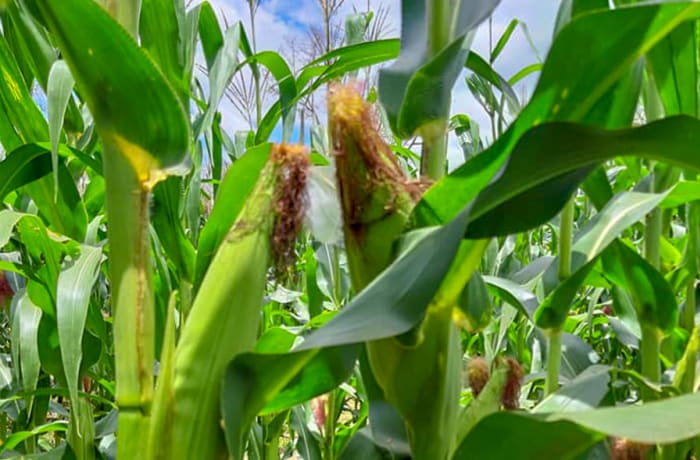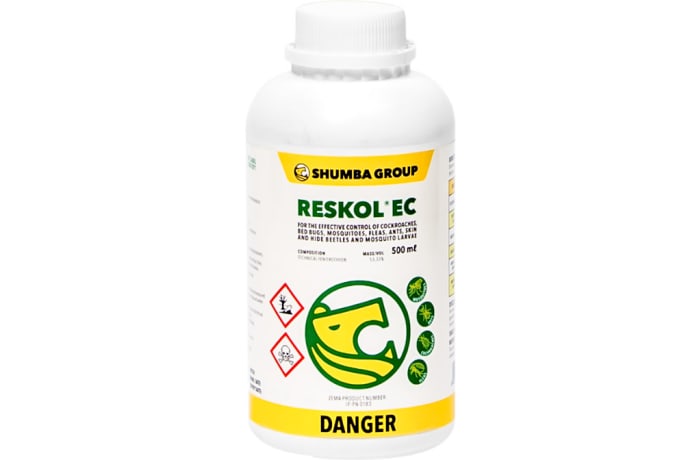
Falprid plus 350 Sc Insecticide - Imidacloprid
Further information
Imidacloprid is notable for its relatively low toxicity to most animals other than insects due to its specificity for this type of receptor, which is found more often in insect nervous systems and zooplankton than that of other animals. This improved ratio of toxicity allows the use of very low concentrations, making it safer for insect control than other neurotoxins (particularly organophosphates) and enabling its use in applications as diverse as flea treatments for pets, control of beetle larvae in lawns, eradication or prevention of termite infestation in buildings, and other uses where animals and people may be exposed. Imidacloprid is taken up by plant roots and diffuses in the plant vascular system, where insects ingest it by sucking the plant fluids.
| Weight | 1kg |
|---|---|
| Product Title | Falprid plus 350 SC Insecticide - Imidacloprid |
| Active Ingredient(s) | Imidacloprid 200g/l SC |
| Formulation | Suspension Concentrate (SC) |
| Mode of Action | Contact-Systemic |
| Type | - |
| Target/Pests | bed bugs, ants, flies, roaches and termites. Controls nutrient-sucking insects including aphids, thrips, whiteflies, turf insects, soil insects and some beetles. |
| Crops | Sugarcane, Bean crops, Carrots, Cabbage crops, Leaf vegetables,Citrus trees (Lemon, Orange, Mandarin, Grapefruit), Pome fruits, Stone fruits, Greenhouse and open field vegetables and ornamental plants, Cotton, Potato, Tobacco, sugar beet and other agricultural crops. |
| Recommended Dose | 350ml/Ha (10ml/16 Litres of water) |
| Pre-Harvest Interval | 7-14 Daus |










